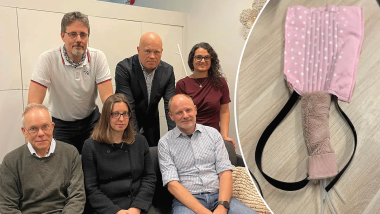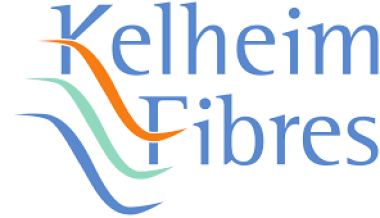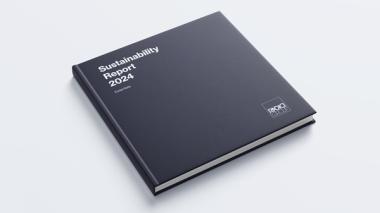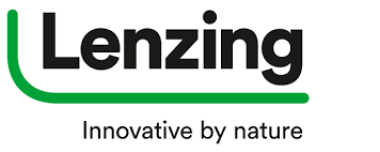Interior design: Brand diversity at Heimtextil 2026
Interior designers are planners, craftspeople, consultants and designers all at once. Many of them work alone or in small teams – under high time pressure, with a clear goal: to design rooms that are harmonious down to the last detail. This makes it all the more important to have offerings that provide guidance, open up new perspectives and support the development of holistic solutions.
Heimtextil 2026, taking place from 13 to 16 January in Frankfurt, offers a newly structured hall concept that enables targeted comparisons, saves time and provides valuable inspiration for consulting practice. In Halls 3.0, 3.1 and 4.1, interior designers will find all the components they need for well-thought-out room solutions – clearly structured, high-quality staged and practice-orientated presented.
Designing spaces means thinking in holistic contexts – and this is precisely what the new hall structure at Heimtextil is based on. Products are presented according to their use in the room: from wallpaper and window decorations to decorative and upholstery fabrics and floor coverings. This enables interior designers to find suitable combinations more quickly and experience materials in a holistic context. The trade fair tour becomes a real tool for everyday work.
DecoTeam sets impulses for the interior design trade
A central meeting place for the industry is the DecoTeam in Hall 3.0: Under the motto “Happy up your Home”, leading suppliers such as Alfred Apelt, Erfal, Höpke Möbelstoffe, Infloor-Girloon, Karl F. Buchheister, MHZ Hachtel and Paulig Teppichweberei will be presenting coordinated solutions for holistic interior design. On Wednesday, 14 January 2026, the focus will traditionally be on the interior design trade. On this day, the DecoTeam invites visitors to a varied programme with inspiration from practice and design. The event will kick off with a lecture on “Design to be happy – International Interior Trends” by Corinna Kretschmar-Joehnk, followed by a short AI workshop with Axel Ligowski. He will show how interior designers can implement their creative ideas using digital tools.
The adjoining Design Lounge powered by DecoTeam presents an impressive range of brands: Brink & Campmann with the top brands Harlequin, Morris & Co, Ted Baker and Wedgwood Home, as well as Designers Guild with the exclusive brands Christian Lacroix and Ralph Lauren, are showcasing their latest collections here. The diverse range is complemented by renowned exhibitors such as Haro Carpets, Kadeco Sun Protection Systems, Kobe Fabrics, Otto Golze and Somfy. Also represented are Stoeckel & Grimmler with the renowned brands JOOP! Living, Schöner Wohnen and Esprit home, the wallpaper manufacturer Hembus, Theo Keller / Theko – with the brands Sansibar Sylt, Tom Tailor and Natur Pur – Tisca, and Unland with Pierre Cardin.
The widest variety of decorative and upholstery fabrics
In Halls 3.1 and 4.1, quality is the common thread running through the entire range: leading manufacturers and weaving mills present the world's largest selection of furniture, decorative and upholstery fabrics, as well as genuine and imitation leather. Exhibitors include international brands such as Dickson Constant with Sunbrella (France), Edmund Bell (Great Britain), Manuel Revert and Nova Tapiceria (Spain), Vanelli Tekstil (Turkey) and Vescom Velvets (Netherlands). The Fibres & Yarns range combines the areas of fibre production, weaving and design. Angles Textil (Spain), Filtrading (Italy), Hoftex Färberei (Germany), Ilcat (Italy), Indorama Ventures Fibers (Germany), Korteks Mensucat (Turkey), Tintoria Sala and Torcitura Lei Tsu (Italy) present innovative materials and solutions for the textile value chain.
Messe Frankfurt
































